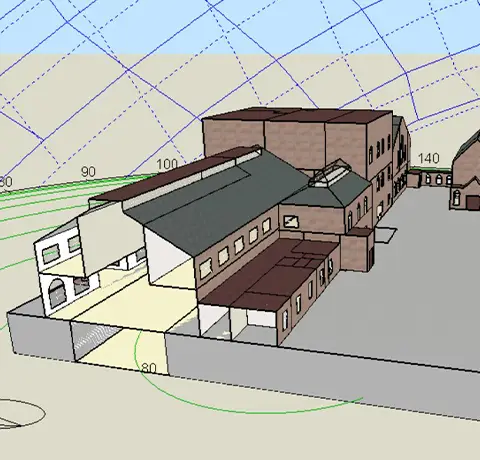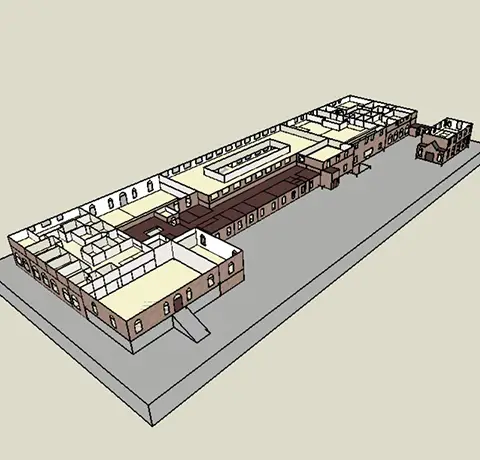Thermal Modelling of Buildings
Thermal modelling and DSM calculations can be used to show compliance with the Building Regulations and BREEAM assessments Discuss your projectThermal Modelling |
Thermal Modelling
Thermal modelling and DSM calculations can be used to show compliance with the Building Regulations and BREEAM assessments. They also help produce better designed buildings and their services to improve thermal comfort of occupants, reduce running costs and CO2 emissions.

At SEA Consulting, our Level 5 Energy Assessors and MEP Building Services Engineers use advanced 3D thermal modelling software with Dynamic Simulation Modelling (DSM).
The software uses actual weather and solar data for the buildings location to analyse the heating and daylight lighting needs of each room along with summertime overheating analysis to determine any cooling requirements. Ventilation needs and strategies can also be assessed to improve indoor air quality.
Thermal modelling allows for detailed inputs to be specified including heating / cooling set points, occupancy profiles, heat gains from equipment, shading devices, natural and mechanical ventilation air exchanges and much more.
This provides the design team with important feedback on how the building will function. If requirement adjustments can be made to the buildings fabric were possible and HVAC requirements for each room can be optimised, reducing capital expenditure and ongoing energy costs.
How Can SEA Consulting Help With Your Thermal Modelling?

We can provide thermal modelling calculations and a thermal modelling report for legislation / guidance documents or for design analysis. Some of the uses include:
- Part L of the Building Regulations – Conservation of Fuel and Power
- BRUKL Reports
- SBEM Calculations
- EPCs – Level 3, Level 4 and Level 5
- Solar Shading Part L Criterion 3 solar gain
- Part O of the Building Regulations – Overheating
- TM59 – Overheating Assessments
- Summertime Overheating
- Energy Use and Carbon Emissions Reporting (CO2)BREEAM Assessmet Credits
- Daylight Calculations – BREEAM HEA01
- Indoor Air Quality – BREEAM HEA02
- Thermal Comfort – BREEAM HEA03
- Building Design & Thermal Comfort
- Building fabric thermal performance
- CIBSE Heating and cooling loads
- Plant sizing
- Comparison of various building design strategies
- CIBSE TM52 thermal comfort calculations
- CIBSE TM59 domestic overheating assessments
- Renewable Technology Assessments
- Ventilation Strategies
- Natural ventilation strategies
- Mechanical ventilation strategies
- Ventilation and Air Quality in Schools (Building Bulletin 101 BB101)

Frequently Asked Questions Thermal Modelling
What is a TM44 Air Conditioning Inspection?
A TM44 inspection is a mandatory assessment of the efficiency and performance of air conditioning systems in buildings. It aims to identify areas for improvement and enhance energy efficiency.
Who is Required to Have a TM44 Inspection?
TM44 inspections are mandatory for buildings with a total air-conditioned output greater than 12kW. This includes commercial buildings, offices, and industrial premises.
How Often Should TM44 Inspections Be Conducted?
TM44 inspections are required at least every five years for eligible buildings. However, more frequent inspections may be advisable to ensure optimal efficiency and compliance.
What is the Purpose of a TM44 Inspection?
The primary purpose is to assess the efficiency of air conditioning systems and identify opportunities for improvement. This helps reduce energy consumption, lower costs, and decrease environmental impact.
Who Can Perform a TM44 Inspection?
TM44 inspections must be conducted by qualified and accredited air conditioning energy assessors. It’s crucial to ensure the assessor is registered and follows the guidelines set by the accreditation scheme.
